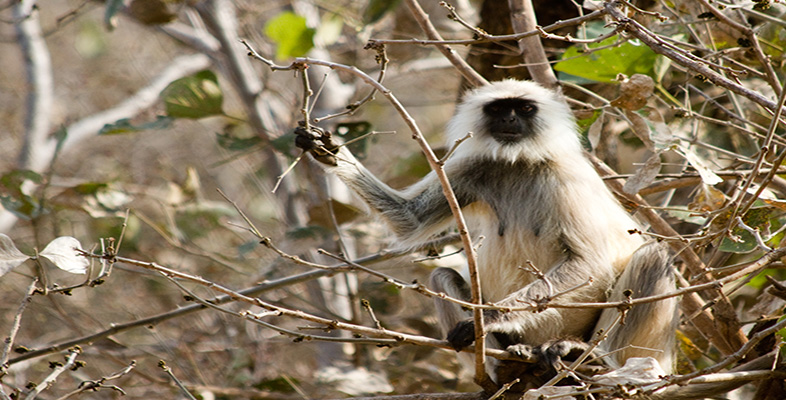3.5 Communication
Compared with many other mammals, primates have a rich repertoire of communication skills, which I'll be looking at in more detail in this section.
Activity 4
Identify the instances of communication that you have observed in the TV programme or read about in LoM. Group these examples according to the type of communication involved, i.e. gestures, facial expression and vocal communication.
Answer
Gestures: You may recall vervet monkeys posturing to indicate alpha male status [p. 271] or baboons presenting hindquarters to indicate submission [p. 277-278].
Facial expressions: Many species use facial expressions, such as smacking the lips to show friendliness [p. 271] or raising the eyebrows or staring to indicate aggression (seen several times in the sequences of baboons and geladas). You may recall several instances of communication via facial expressions in the TV programme. A female tamarin uses her tongue to indicate that it is time for the males to carry the infants (17.18); a male and a female baboon flutter their eyelids and flash their teeth at each other to indicate they are both keen to sneak a mating whilst the alpha male is distracted (33.12); and a bachelor gelada gives an aggressive lip-curl towards a male that is established with a group of females, thereby signalling his readiness to fight for the females (43.42-46.33).
Vocal communication: You may recall vervet monkeys making alarm calls to indicate the detection of predators or strangers [p. 271], howler monkeys calling to defend their territory [p. 257], infant vervets calling for help [p. 271], or geladas involved in social chattering [p. 278].
